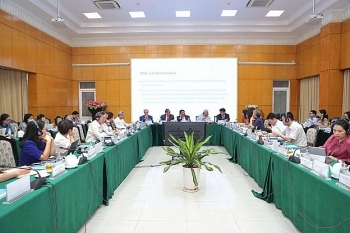The dynamics of Vietnam’s M&A market
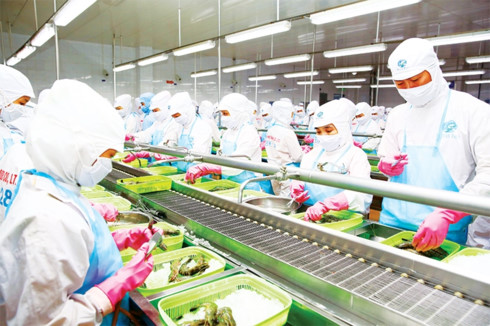 |
Minh Phu Seafood conducted a private placement of 35 per cent of the stake for a whopping $155 million. (Photo: VIR)
According to statistics by the M&A Research Team at AVM Vietnam, the value of mergers and acquisitions (M&A) deals in the first six months of 2019 reached $1.9 billion. For the entirety of 2018, Vietnam recorded $7.64 billion of M&A transactions, up 41.4 per cent from 2017.
Last year, due to global conflicts and trade slowdown, most of the ASEAN countries witnessed a decline in M&A transactions, in contrast to the situation in Vietnam. In fact, the combined value of all M&A deals in the country was the second-highest in the region last year, behind Thailand.
However, as typical of a frontier market, the value of each transaction in Vietnam remains smaller than the regional average, standing at $5 million.
Small- and medium-sized deals took up 90 per cent of all M&A exchanges in the country, and bigger transactions at $10 million and above were carried out by foreign investors with deep pockets.
In fact, four countries dominated Vietnam’s M&A market in the period observed, including Thailand, Singapore, South Korea, and Japan.
It is no coincidence that these four Asian players also happen to be Vietnam’s top foreign direct investors, having set up multiple factories and projects in different sectors.
“Without a doubt, Vietnam is really one of the darlings of overseas investors,” said Ami Moris, CEO of Maybank Kim Eng. “Strong GDP growth puts Vietnam as one of the superior economic growth countries, with a young and vibrant population that is very tech-savvy. And given the very strong reforms and liberalisation, a lot of interest is coming from foreign investors.”
Different taste
The major M&A buyers, although similar in their eagerness for Vietnamese companies, have a number of strategic differences. Investors from Thailand, for example, are infatuated with Vietnam’s booming consumer sector as evident in their buying spree of leading consumer companies, from retailers like Big C and Metro Cash & Carry, and breweries such as Sabeco, to manufacturers including Binh Minh Plastics and Tien Phong Plastics.
The South Koreans, however, made their mark last year as an enthusiastic M&A investor in banking, insurance, and financial services. The targets for these investments were Maritime Securities (acquired by KB), BIDV (with KEB Hana), HFT Securities (Hanwha), Nam An Securities (Shinhan), Post & Telecommunications Insurance (Dongbu) and even the investment fund Dragon Capital (Samsung).
The conglomerates Vingroup and Masan Group were also courted by South Korean heavyweights SK Group and Hanwha.
In total, South Korean investors poured in $2.2 billion of M&A capital last year, making them eager buyers in the Vietnamese market.
Singapore was ranked second with $1.6 billion in a number of industries, mostly focused on real estate.
It is notable that Vietnam’s tech startups also received great love from Singaporean-based venture capitalists last year – a trend that is rising thanks to the sizeable amount of tech talents in Vietnam, as well as the country’s high digital penetration.
Japanese investors have been interested in either banking or consumer finance – such as the case of Shinsei setting up a joint venture with Vietnam’s Military Bank – transportation, facilities, or real estate (notably Sumitomo–BRG and Nomura–Sunwah).
Investors expected these patterns to continue in the remaining months of 2019, with Vietnam’s M&A market likely to report around $6.8-7 billion worth of transactions. The key factor in determining this growth rate is whether the country puts any more major companies up for sale, similar to Vinamilk and Sabeco in previous years.
Challenges
Although the M&A market here has become more familiar with foreign investment, some challenges still linger. Investors often complain about the transparency of financial reports and the auction process at state-owned enterprises (SOEs), for example.
Kevin Snowball, chief investment officer at PXP Asset Management, pointed out that investors are worried about under-the-table transactions that might take place at SOEs, “where people might just sell the shares to their friends”. Other issues include the willingness, or lack of, group leaders to meet international investors and provide transparent details on their finance, operations, and strategies.
Regarding financial reports, Vietnamese accounting standards contain vast differences to the International Financial Reporting Standards (IFRS), making it harder for overseas investors to make sense of a Vietnamese company’s earnings and losses. There are also no official requirements to release corporate information in English, which can also discourage suitors from abroad. In response to this problem, the Ministry of Finance this year rolled out a pilot plan to launch IFRS at major Vietnamese companies, especially those with the intention to list on the stock market or raise funds from foreign investors.
M&A participants also reported that cultural differences can also make or break a deal. Surprisingly, despite their importance, cultural compatibility still takes lower priority than valuation and pricing in many M&A negotiations in the country. Last year the market witnessed a break-up between Vietnamese eggmaker Ba Huan and VinaCapital that ended in a complete fall-out. In another case, ongoing disputes between South Korea’s Lotte Group and Bibica have put a huge dent on the latter’s business.
“Most major M&A deals in Vietnam involve foreign investors, and the lack of English proficiency at many Vietnamese companies is doing more harm than good. It is much better for all sides if leaders can discuss strategies and negotiate directly with each other,” wrote the M&A Research Team.
The last major issue is seen as a technical one – with investors coming in flocks, the number of available targets in Vietnam for M&A will reduce. The possibility of partnering with industry leaders in the country is likely to fall, forcing financiers to be more competitive and aggressive in their dealing with target Vietnamese companies. This also requires the government to push the equitisation and pestment process at SOEs in the coming years, as these sales will bring more high-quality products to the market.
Related News

Vietnam is ready to welcome a new wave of investment in the semiconductor industry
16:08 | 15/05/2024 Headlines

Opportunities for Vietnam to participate in the global semiconductor industry value chain
11:34 | 15/05/2024 Import-Export

Responding to the market, export enterprises are willing to spend more on "green practices"
17:52 | 11/05/2024 Import-Export
Latest News

Many tax management solutions for e-commerce
10:01 | 16/05/2024 Finance

Completely resolve problems and accelerate public investment disbursement
14:41 | 15/05/2024 Finance

Tax, land rent payment deadlines to be extended this year
14:21 | 15/05/2024 Finance

Tax compliance management in the digital economy
11:32 | 15/05/2024 Finance
More News
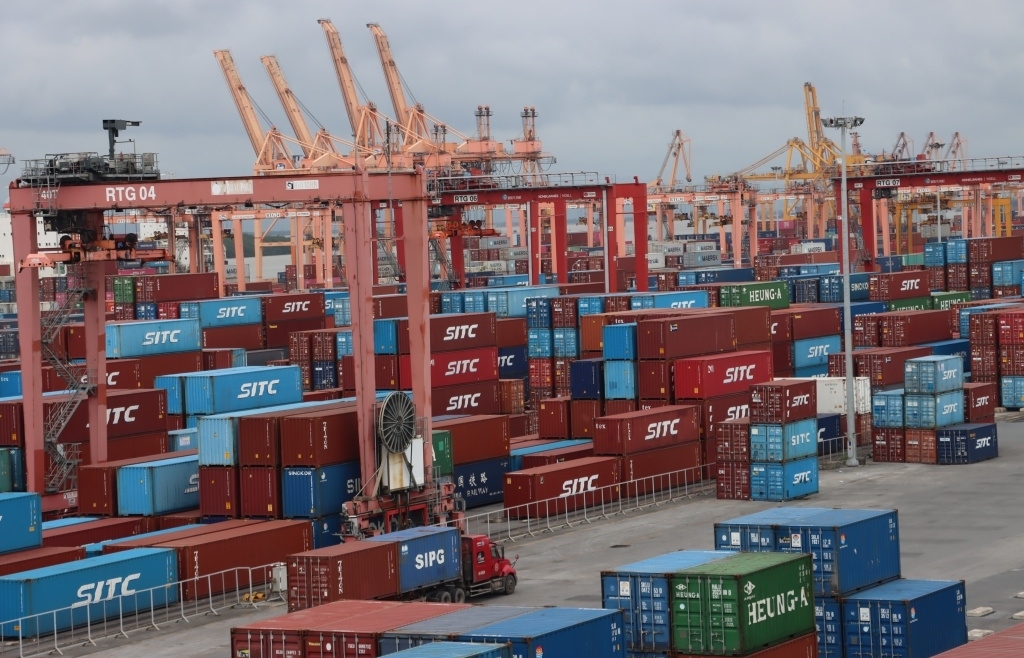
Hai Phong: Budget revenue reached more than VND40,000 billion
13:57 | 14/05/2024 Finance

Price adjustment should be in implemented in appropriate time to control inflation
13:56 | 14/05/2024 Finance

Fiscal policy is expanded and flexible to promote economic growth 2024
13:28 | 13/05/2024 Finance

Closely follow the situation, research and propose many solutions about taxes and fees to support the economy
08:16 | 12/05/2024 Finance

Prevent corruption and group interests in developing financial laws
10:07 | 11/05/2024 Finance
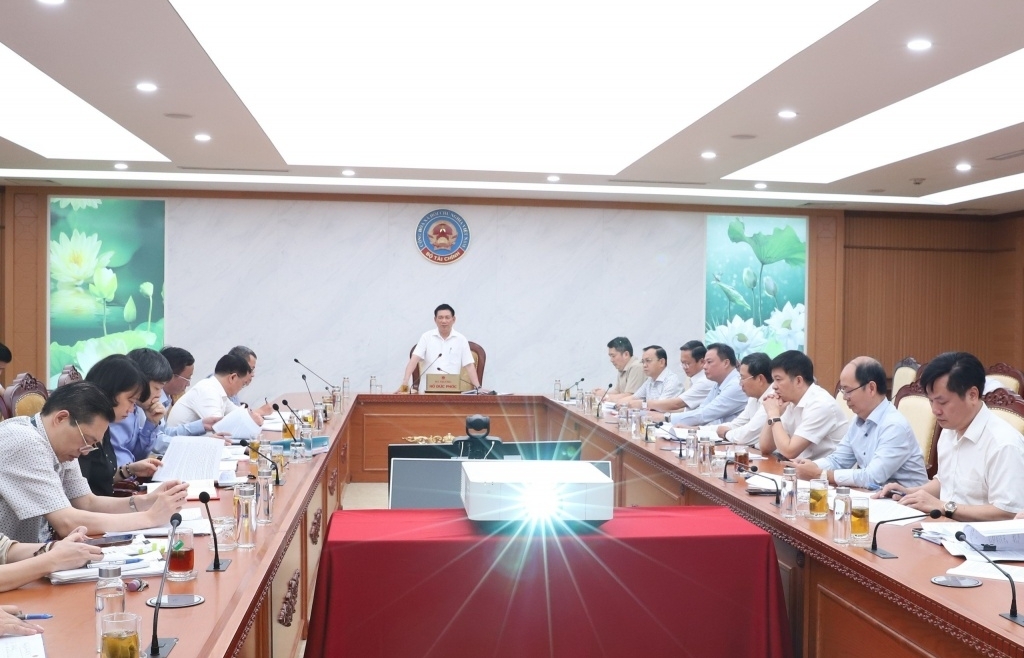
"Creativity in revenue collection to achieve set goals in difficult contexts"
14:55 | 10/05/2024 Finance

Strive to effectively implement Global Minimum Tax in Vietnam
10:22 | 10/05/2024 Finance
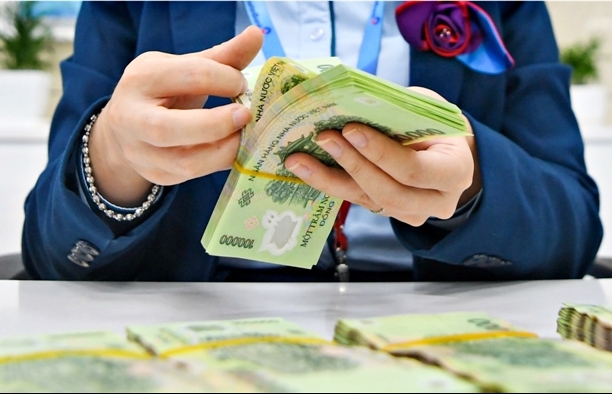
State Treasury raises over $890 million worth of G-bonds in April
14:46 | 09/05/2024 Finance

State expenditure in the first four months of 2024 reaches VND522.2 trillion
09:54 | 09/05/2024 Finance
Your care

Many tax management solutions for e-commerce
10:01 | 16/05/2024 Finance

Completely resolve problems and accelerate public investment disbursement
14:41 | 15/05/2024 Finance

Tax, land rent payment deadlines to be extended this year
14:21 | 15/05/2024 Finance

Tax compliance management in the digital economy
11:32 | 15/05/2024 Finance

Hai Phong: Budget revenue reached more than VND40,000 billion
13:57 | 14/05/2024 Finance



